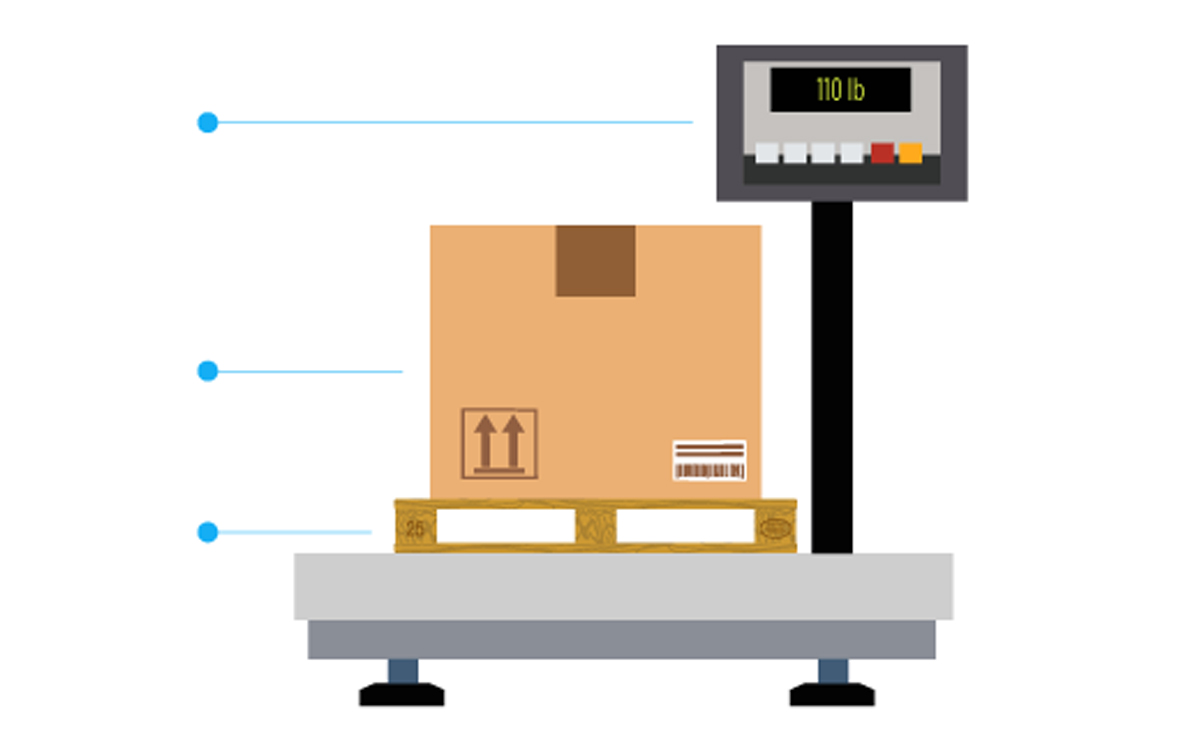At Key Logistics we clarify doubts about the chargeable weight of an airfreight or air shipment that you should take into account when calculating your costs.
Chargeable weight characteristics and how to calculate it
What is chargeable weight?
Chargeable weight in an air shipment is the greater amount generated between weight and volume, i.e. between the weight and the space occupied by the goods. In these shipments, the gross weight is not necessarily the weight on which the rate is charged, for this reason it is necessary to make an additional calculation since many companies or customers are surprised to receive invoices on an air freight, in which appears a weight greater than the gross weight of their cargo.
How to calculate the chargeable weight?
To understand why, Abril López, Branch Manager of Key Logistics Mexico, explains with a simple example how to calculate the chargeable weight of your goods.
Quantity: 1 pallet
Weight: 150kg Dimensions: 110x 110x 110 cms
Multiply the measurements (must be measured in centimeters in all cases) 110 x110 x110 = 1331000 / 6,000 (factoring measurement in all cases is always 6000) = 221kg.
Another way to calculate the chargeable weight is as follows:
The measurements are multiplied as M3 (cubic meters in all cases) 1.10 x1.10 x1.10 = 1.331 x 166.67 (factoring measurement in all cases is 166.67) = 221kg.
Finally, in this air shipment the freight calculation to be invoiced is made on 221kg which is the volumetric weight and not the 150 kgs gross weight.



